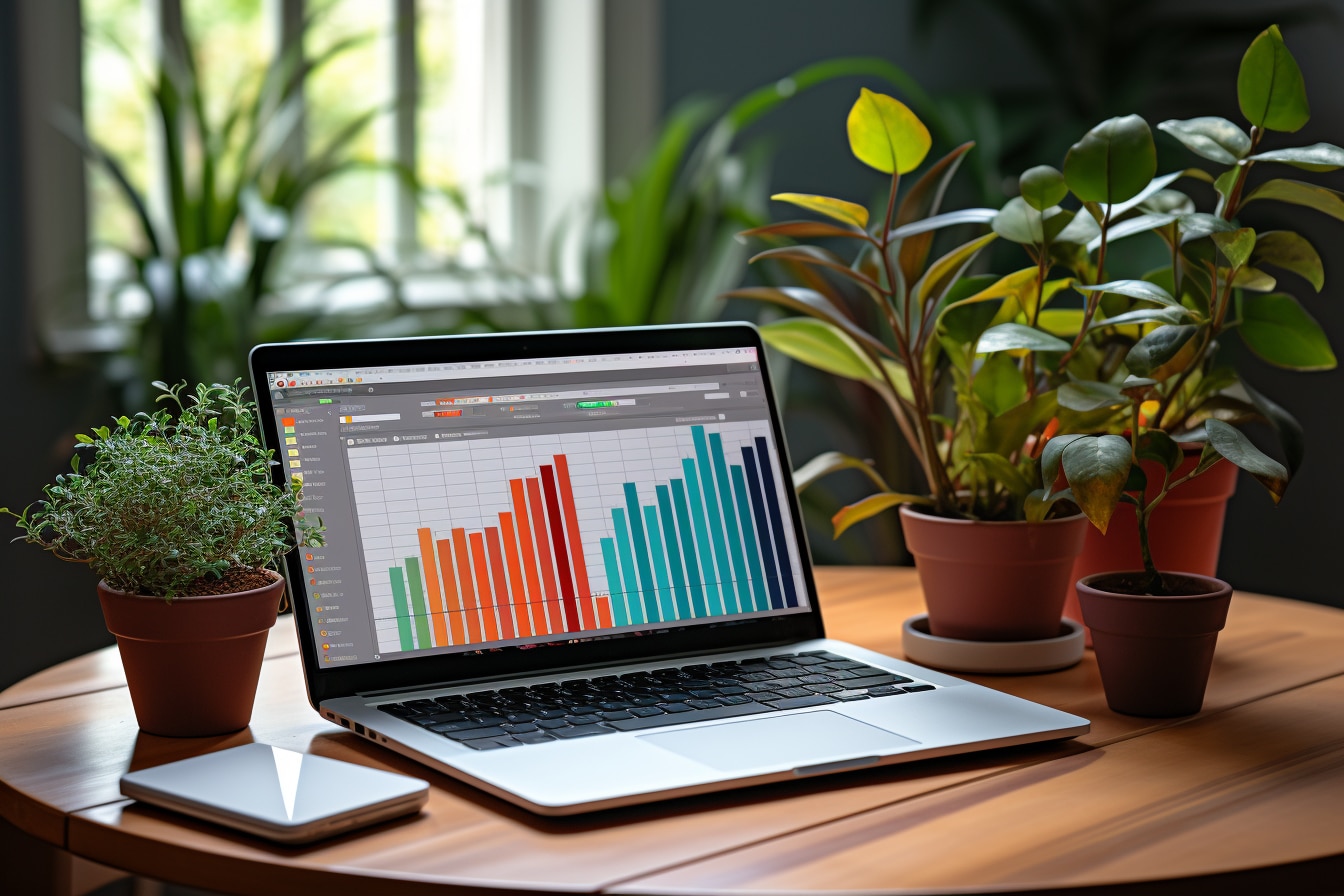Have you ever stood in front of a work of art, captivated by its colors, its shapes, its history, and wished you could take it home with you? In the digital world, this temptation is omnipresent. Images are everywhere, just a click away. They brighten up our blog posts, liven up our social networking pages, make our websites more attractive. But like a work of art in a museum, you can’t just take an image and use it as you please. There are rules to respect, copyrights to consider. Understanding these rights is crucial to avoiding potential legal problems. In this guide, we’ll help you navigate the sometimes murky waters of image rights and understand how to determine whether an image is royalty-free.
The different types of license
First and foremost, you need to understand that there are several types of license when it comes to images on the Internet. These licenses define the conditions of use and modification of images by Internet users. Here’s a quick overview of the main licenses:
- Public domain: Works whose copyrights have expired or which have never been protected are part of the public domain. These images may be used freely and without charge.
- Creative Commons license: This is a set of licenses offering different options for authors to share their works while retaining certain rights. The specific conditions of each type of Creative Commons license must be respected when using images.
- Royalty free license: Some images are sold with a license that allows them to be used without paying royalties for each use. However, it is usually necessary to pay a lump sum to acquire this license.
How to check if an image is royalty-free
To make sure you’re not infringing copyright, it’s crucial to check the license associated with each image before using it. Here are a few ways to find out if an image is royalty-free:
1. Use specific search engines
Some image search engines, such as Google Images, offer options for filtering results by license. Simply select the “Advanced Search” option in the search engine settings and choose the desired license type (for example, royalty-free or Creative Commons-licensed images).
2. Consult the information on the image’s source page
When you find an image on a website, take the time to consult the information on the page where it’s located. Legal notices, terms of use or photo credits can indicate whether the image is copyright-free or not.
3. Contact the author of the image
If no information is available concerning the license of an image, it may be a good idea to contact its author directly to ask for permission to use it. This shows your respect for copyright and avoids misunderstandings.
Find reliable sources of royalty-free images

- Pixabay : This platform offers over a million images, videos and illustrations under a Creative Commons CC0 license, which means they’re free and can be used without restriction.
- Unsplash: On this site, photographers share their high-resolution works under the Unsplash license, authorizing their free use for commercial and non-commercial purposes with or without modification.
- Pexels: Like Pixabay, Pexels offers a wide selection of images and videos under Creative Commons CC0 license.
It’s essential to systematically check whether an image is royalty-free before using it in your web projects or creative communication media. By following these tips and choosing reliable sources, you’ll reduce the risk of encountering copyright-related legal problems.




